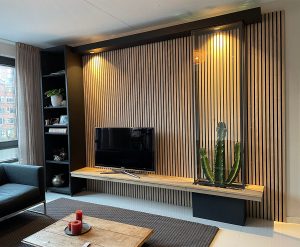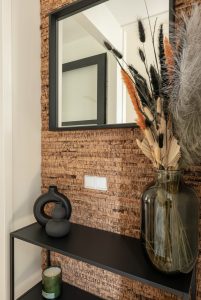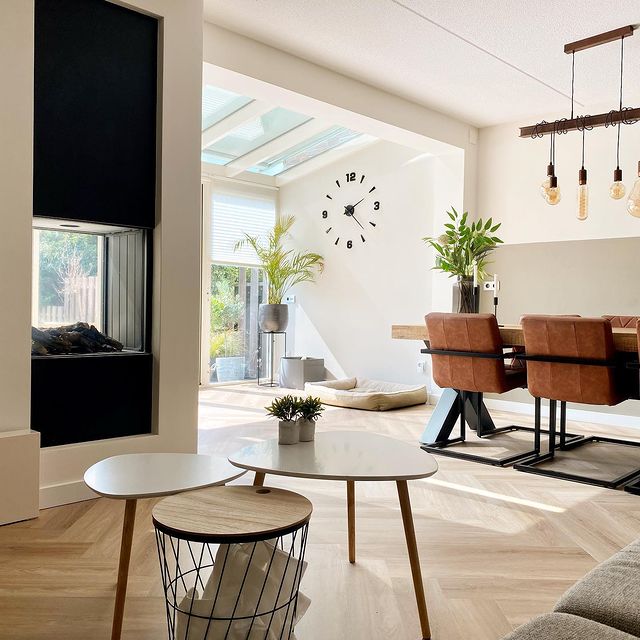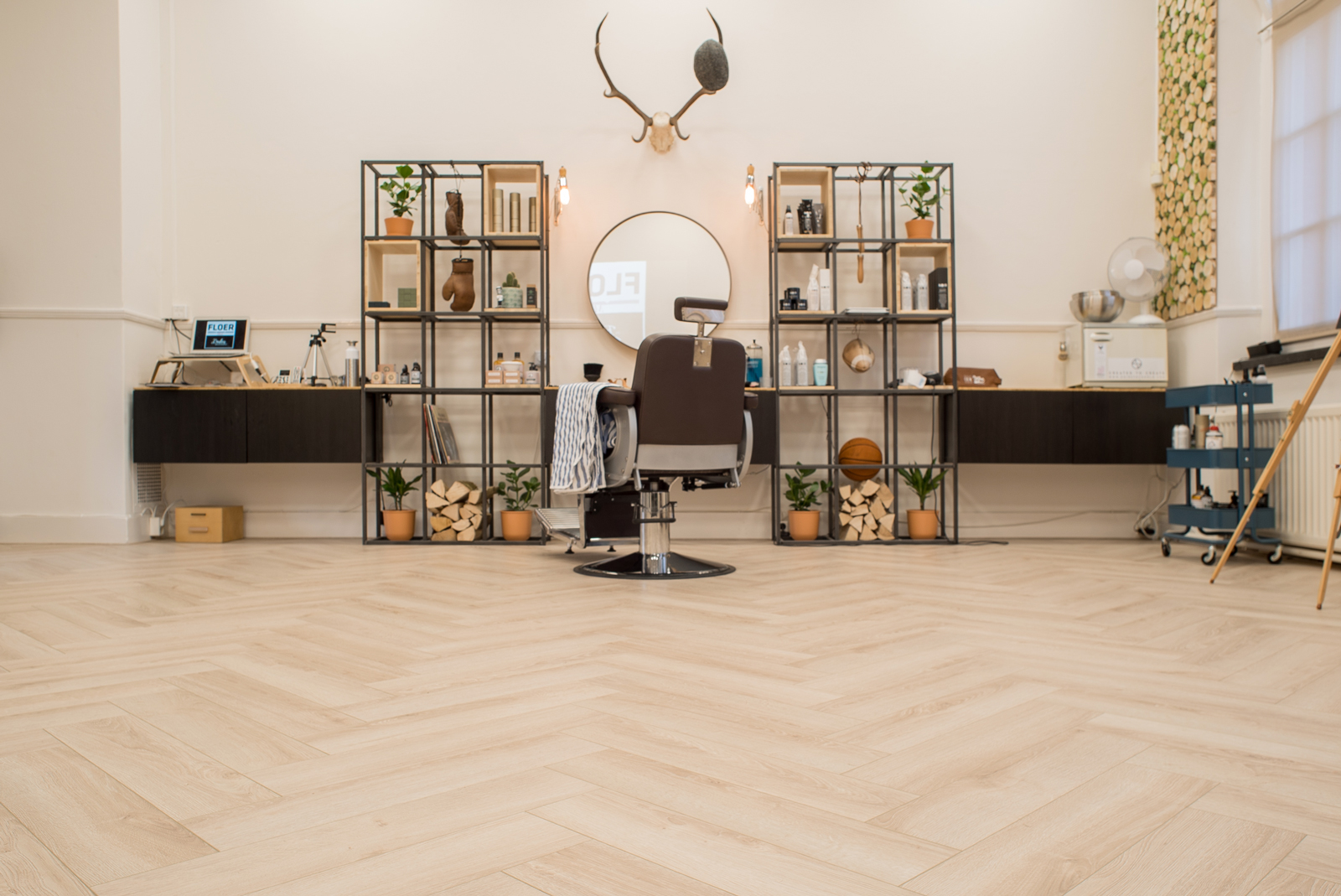Acoustic wall panels have been a rising trend over the years and you have probably seen them not only in homes, but also in other places such as restaurants. Obviously, they are beautiful to look at, but as the name suggests, they are also a great way to improve the acoustics of a room! But how do acoustic panels really work? In this blog we’re going to give you some insights into their function and discuss some placement tips. So let’s dive in!

How do the acoustic panels work?
In general, acoustic wall panels are designed to absorb sound waves, but we will delve a little deeper to explore the whole process. When sound waves hit a surface, such as a bare wall or ceiling, they bounce off and travel around the room. This creates echoes and reverberations. Wondering what exactly reverberations are? In simple terms, they are the same sound waves that bounce off of walls and ceilings. So how do the acoustic panels come into play? Well, it’s quite simple! The panels are designed to trap these sound waves and prevent them from travelling around the room. In fact, even a single wall of acoustic panels can reduce echoes and reverberations by more than 50%. So imagine the sound in a room where all the walls are covered with acoustic panels 🤭.
Did you know?
Felt is the material responsible for improving the acoustics of the environment! This material is very dense and is made up of millions of fibres, allowing it to absorb sound waves effectively. What’s more, the felt in Floer’s Akupanel Wall Panels is made from fully recycled PET plastic bottles. Beautiful, sound absorbing and sustainable!

Do acoustic panels reduce noise through walls?
As we discussed earlier, acoustic wall panels are primarily designed to absorb echoes and sound waves within a room. So, technically speaking, they can’t stop sound from being transmitted between rooms. This is because these panels are not designed to be soundproof. However, although they may not be the perfect choice for escaping noisy neighbours, strategically placed acoustic panels on walls can help minimise the reflection of sound waves even further. So continue reading to discover the best locations!
Acoustic panels placement tips
To get the best results, placement is key. Although the positioning of the panels may vary depending on the size of the room, there are some general factors to consider. For example, if you have a room with high ceilings, it’s best to place the panels close to the ceiling. That way you can capture the sound before it hits the floor 😉. However, if you want to place the panels on the wall, make sure that you position them across from your sound sources. This will ensure that the transition of sound across the room is minimal. And if you are wondering if you can place the panels horizontally, you absolutely can! Check out our blog for a step-by-step guide to installing the panels horizontally.
We hope this blog has given you some valuable insights into the functionality of acoustic wall panels and their best placement. Whether you want to create a quieter atmosphere in your living room or improve the acoustics in your office, acoustic wall panels are a great choice that combines functionality and aesthetics!






